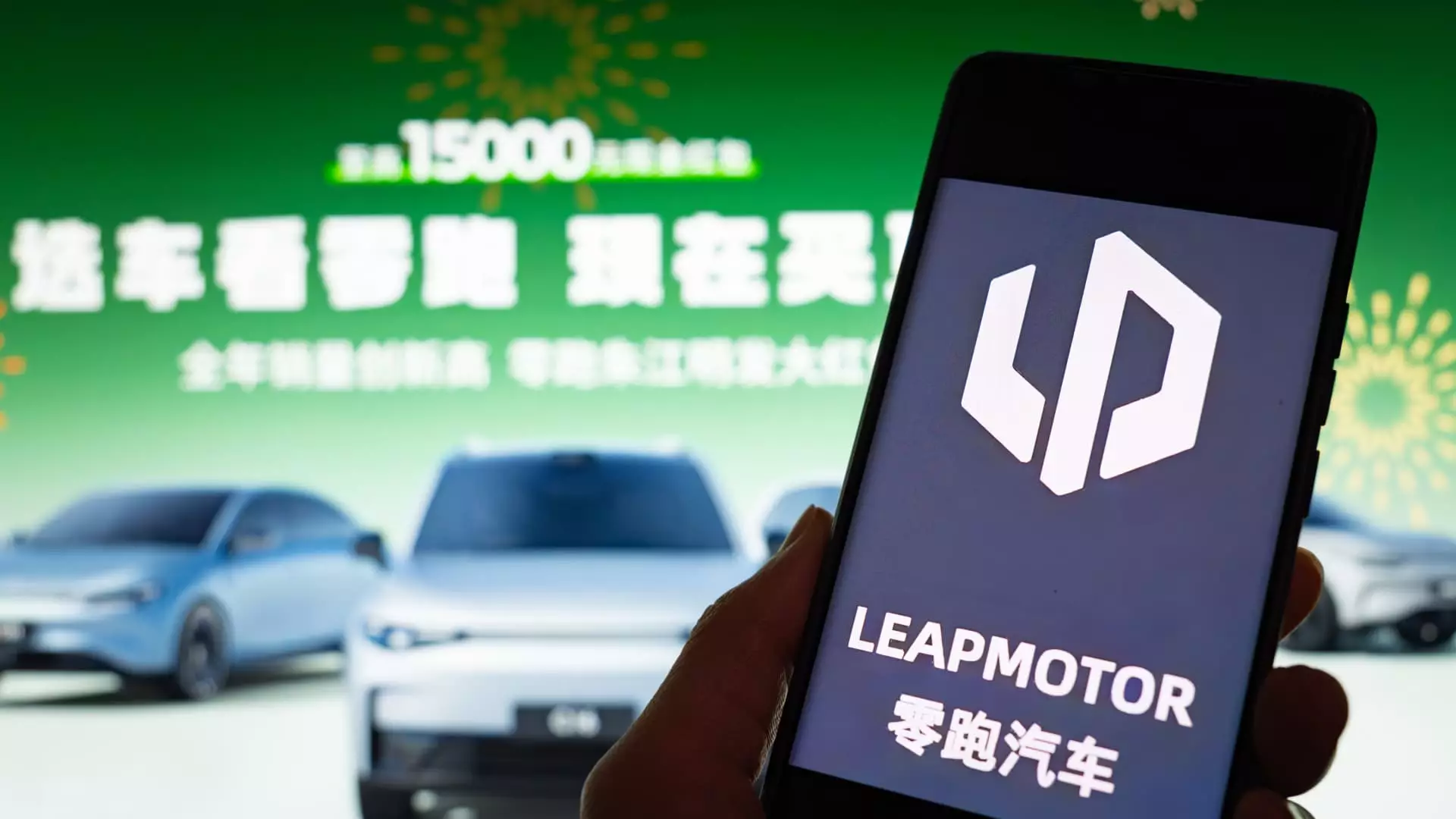The electric vehicle (EV) landscape is currently abuzz with remarkable achievements and fierce competition. In May, Chinese electric car manufacturers Leapmotor and Aito reported astonishing delivery figures, demonstrating their strength in a sector increasingly marred by price wars and economic uncertainty. Leapmotor, with backing from Stellantis, delivered an impressive 45,067 vehicles, signifying a staggering year-on-year increase of 148%. This figure not only showcases Leapmotor’s rapid ascent but also signals a shift in consumer preference towards innovative EV offerings. Their success can be largely attributed to the release of an updated version of the C10 mid-sized SUV, which resonated well with the market, as over 13,000 units were sold in May alone.
Similarly, Aito, aligned with Seres and leveraging Huawei technology, achieved a new high with 44,454 vehicle deliveries. Their recent launch of the Maextro S800—an ultra-luxurious sedan priced at 708,000 yuan—reflects a bold strategy to cater to a discerning clientele. These milestones by Leapmotor and Aito raise questions about the sustainability and growth potential of other competing brands in a market that’s rapidly evolving.
The Price War and Its Consequences
In a dramatic twist, the booming demand for different EV models has catalyzed a fierce price war driven primarily by industry titan BYD. In May, BYD sold a whopping 376,930 cars while also slashing prices across 22 of its models, including a notable 20% reduction on the Seagull hatchback. This aggressive pricing strategy reverberated throughout the industry, leading to a decline in share prices for several automakers and igniting palpable fears of a market destabilization reminiscent of the Evergrande crisis in the real estate sector.
Stellar growth figures from Leapmotor and Aito suggest that in this environment, only those that are agile and innovative will continue to thrive. Critically, however, BYD’s tactics raise vital questions surrounding its competitive ethics. The company was thrust into the media spotlight due to allegations of coercive tactics against dealers, which it vehemently denied. Such controversies could potentially tarnish the brand’s image over time, regardless of its current sales prowess.
Mixed Results from Competing Manufacturers
While the successes of Leapmotor and Aito capture headlines, the plight of other manufacturers reveals a grimmer picture. Xpeng’s May deliveries fell slightly to 33,525, despite showcasing a year-on-year growth of 230%. Their latest models, the Mona M03 Max and Plus, aim to capture budget-conscious consumers, yet their decline in deliveries raises questions about the brand’s market positioning and overall strategy. Additionally, Xiaomi, originally a smartphone titan, managed to deliver over 28,000 vehicles—a figure that remains consistent. They have announced a new YU7 luxury SUV to be unveiled in July, but could this be enough to carve a robust niche in the saturated market?
Li Auto’s growth has plateaued at a modest 40,856 vehicles, reflecting only a 16.7% increase, while Geely’s Zeekr barely scraped through with deliveries of 18,908 vehicles, displaying an anemic growth of just 1.6%. The attempts by Zeekr to stand out through the introduction of free driver-assistance technology have yet to significantly impact its popularity. Meanwhile, Nio’s deliveries dwindled to 23,231 vehicles, despite 13.1% growth, indicating potential challenges in scaling operations.
Industry Evolution and Global Expansion Plans
With rising competition and tightening profit margins, Chinese electric automakers are strategically repositioning themselves to explore new markets. Increasingly, attention is turning towards emerging markets outside of the traditional Western strongholds, especially in regions such as Africa. Recently, BYD’s announcement of its expansion into Benin marks a clear shift in focus and suggests a potential blueprint for sustained growth amidst rising tariffs imposed by the European Union and the United States.
In this dynamic environment, the ability to adapt and innovate becomes paramount. Companies that successfully blend competitive pricing, unique selling propositions, and geographical diversification will not only survive but may thrive in this ever-evolving sector. The electric vehicle revolution in China is not merely about the vehicles themselves—it is a complex interplay of innovation, market strategy, and consumer behavior that will ultimately determine the future of mobility on a global scale.

